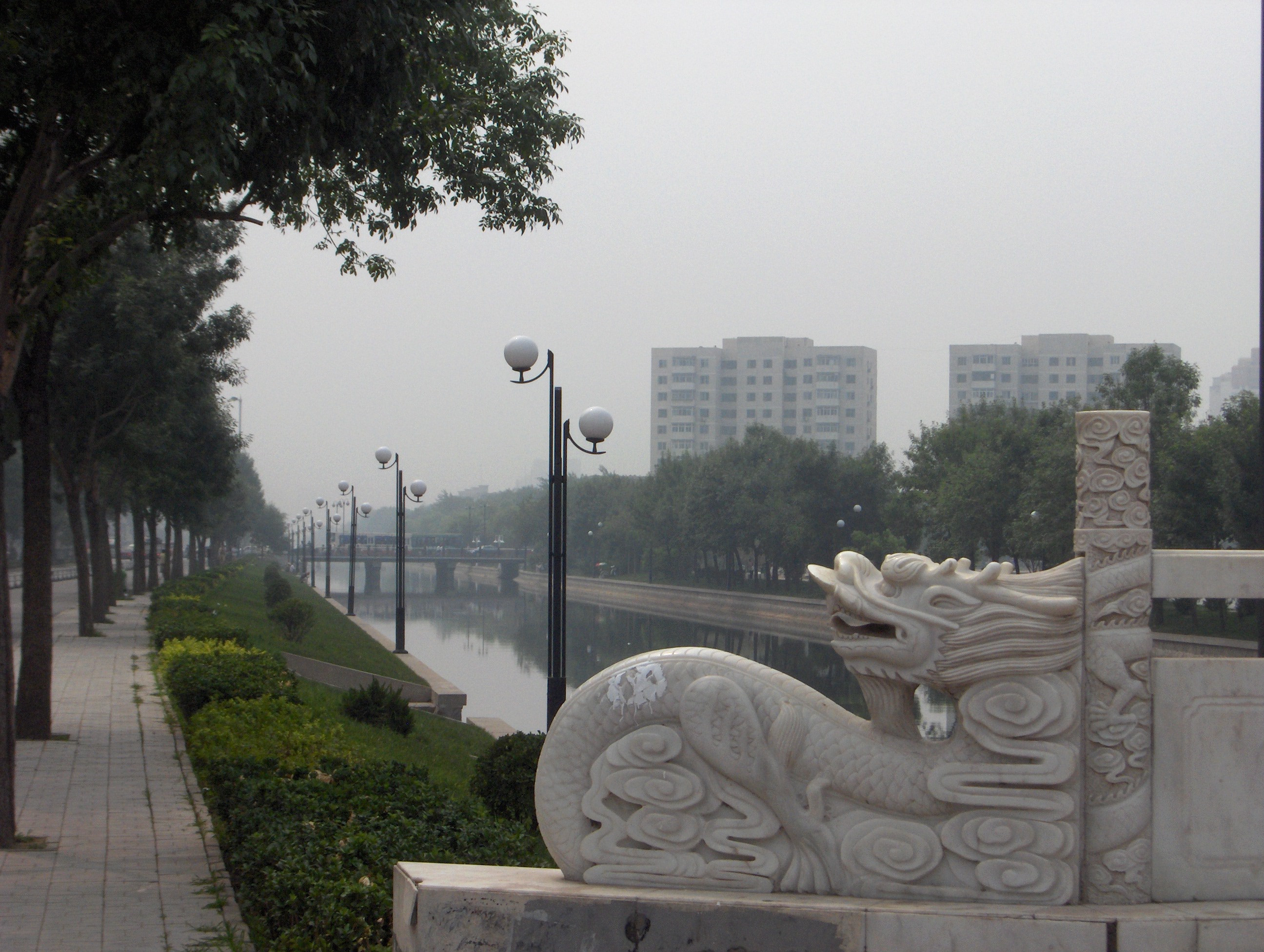In history, countries have sought to increase their territory by bribery, chicanery, coercion and outright force of arms. But while many have sought to dominate the seas, from the Greek city states to the mighty British Empire, none has ever, in effect, tried to take over an ocean or a sea as its own.
But that is what China is actively doing in the ocean south of the mainland: the South China Sea. Bit by bit, it is establishing hegemony over this most important sea where the littoral states — China, Taiwan, the Philippines, Brunei, Malaysia, Indonesia, Singapore and Vietnam — have territorial claims.
The importance of the South China Sea is hard to overestimate. Some of the most vital international sea lanes traverse it; it is one of the great fishing areas; and the ocean bed, near land, has large reserves of oil and gas. No wonder everyone wants a piece of it — and China wants all of it.
Historically China has laid claim to a majority of the sea and adheres to a map or line — known as the nine-dash map, the U-shape line or the nine-dotted line — that cedes most of the ocean area and all of the island land to it. The nine-dash map is a provocation at best and a blueprint for annexation at worst.
The mechanism for China’s filching of one of the great seas of the world is control of the three island archipelagos, the Paracel, Spratly and Pratas islands, and several other smaller outcroppings, as well as the seamounts, called the Macclesfield Bank and the Scarborough Shoal. Between them, they consist of about 250 small islands, atolls, keys, shoals, sandbars and reefs. Very few of these are habitable or have indigenous people. Some are permanently submerged, and many are only exposed at low tide.
Yet if China can claim title to them, it can use them to extend its hegemony into the area around them. First, it can claim the standard 12 miles of territorial waters around each land mass and it also can claim an economic zone of influence of 200 miles from the most dubious “island.” Ergo, China can connect the dots and grab a large chunk of the South China Sea.
China is reclaiming land – actually building a new artificial island — in the disputed Spratly Islands. The two-mile-long island will have an airfield that, China’s foreign ministry claims, will be used for air-sea operations. The other claimants, think otherwise, especially Vietnam. The United States has called for China to halt the island project.
China has been both stealthy and obvious about its strategy. It has increased its trade with the claimants; and in some cases has made generous contributions to their infrastructure development, but not in the South China Sea. In its maritime provocations, China has been careful to use its coast guard, not its navy, as it extends its grasp on the archipelagos, and inches forward to total domination of anything that looks like land in the waters off its southern coast.
The Philippines has sought international legal redress under the United Nations Convention on the Law of the Sea, a treaty which the United States has not ratified, limiting its legal maneuvering, according to Barry Nolan of the Boston Forum, a policy analysis group that has studied the South China Sea crisis this year. China denies the legitimacy of international law in what is says is an internal matter.
To my mind, we are seeing is a new kind of imperialism from China, a gradual annexation of whatever it wants; quiet aggression, just short of war but relentless. This is China’s modus operandi in Southeast Asia, Africa and other places. It squeezes gently and then with greater strength, like a lethal constrictor snake.
Southeast Asian countries are arming, but China’s naval forces are growing faster. Also, it has the cash and the people to do what it wants. The U.S. “pivot to Asia” has done little to reassure China’s neighbors. Their nervousness is compounded by the ease with which Russia was able to annex Crimea and is proceeding into Eastern Ukraine unchecked. What’s to stop China grabbing some useless islands, and then a whole sea?
The ancient concept of oceans as commons is under threat. The Chinese dragon walks and swims. — For the Hearst-New York Times Syndicate
